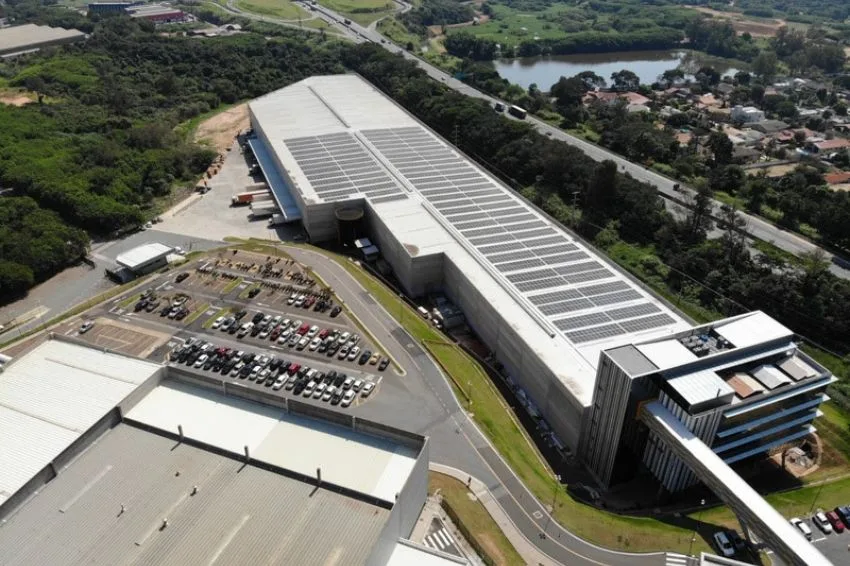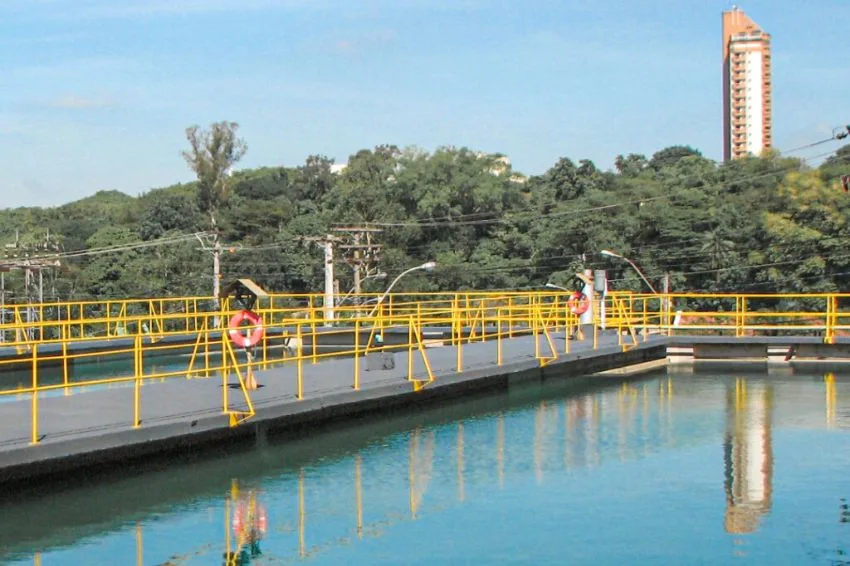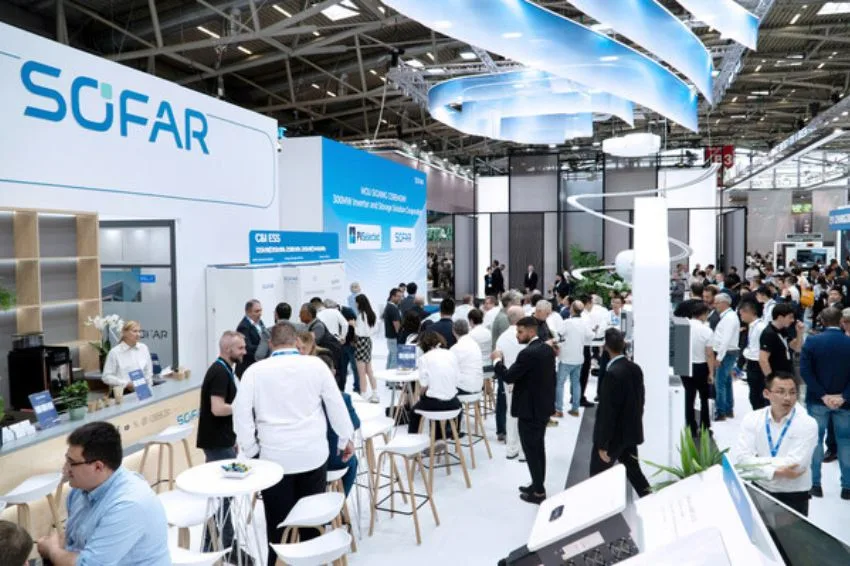O MME (Ministry of Mines and Energy) and the EPE (Energy research company) released a technical note with the increase of three new studies complementary to PDE 2031 (Ten-Year Energy Expansion Plan 2031).
O purpose is to address other issues that were not part of the initial scope of the report main fact that, as already reported by the Solar Channel, aims to indicate the prospects for the expansion of Brazil's energy sector over the next ten years (2022 to 2031).
Both MME and EPE understand that for the Brazil's future energy supply becomes safe and efficient It is necessary what studies on the growth of renewable energy and its due impacts advance more and more.
“The need to adapt the SIN (National Interconnected System) to the change in the configuration of the generating park has been the keynote of Brazilian ten-year plans for some cycles”, highlight the entities.
In their assessment, even though Brazil has a mostly renewable electrical matrix, the global context of energy transition has driven technological evolution and the reduction of costs of renewable sources, thus changing the operational characteristics of the SIN.
In this sense, the technical note “Complementary Studies: What If Sensitivities” had as one of its main challenges the incorporation of lessons learned during the period of water crisis, when the country was on the verge of an energy collapse, due to dependence on hydroelectric plants.
“Attention to system requirements, modernization of the regulatory framework, with the creation of new products that guarantee the suitability of supply, improvements to methods and computational models, in addition to the need to acquire more detailed data that adheres to operational reality, have been constantly highlighted in scenarios, boxes and evaluations”.
The studies
You what if of PDE 2031 brought three new assessments that aim to contribute to making medium and long-term studies more in line with the current context of growth of renewable sources in the country.
The first study used an alternative computational tool to evaluate the PDE 2031 base case (i.e., without indicative expansion), in which compliance with the supply criteria and SIN requirements were analyzed with the SDDP model (hydrothermal dispatch with representation of the transmission network and used for short, medium and long term operational studies).
The main finding was the adherence between the results obtained with the official models and this new tool, despite numerical differences having been found.
“This important result indicates that different computational models point to the same main characteristics of the system, both in temporal aspects (when does the system need expansion?) and in the intensity and evolution of requirements (how does this need behave over time?) ”.
The technical note highlights, however, that as they present different ways of solving the same mathematical problem, each model provides different details, which enriches planning analyzes and allows decisions to be made based on more information.
“For example, the simulation of individual plants allows for greater refinement of the strategy for using HPPs to supply power, which could be useful for deepening discussions on operational restrictions (…) Other features such as hourly simulation and integration with the transmission system remains within the scope of work carried out by EPE and should be part of future publications”.
The second study presented made use of the load projection and generation of variable renewable sources, including DG (distributed generation), on an hourly scale. From these data, considering the expansion of the PDE 2031 reference scenario, hourly net load projections were estimated, which were transformed into load levels and fed to the Newave model.
“The first important point to be mentioned is that the use of gross hourly load projection, instead of considering the same profiles from the past, incorporates the trend of change in consumption patterns over the next ten years. This refinement is important so that the potential change in consumer goods and uses in the electricity market is increasingly explored.”
Another relevant highlight cited in this second study is that when considering the hourly synergy between load and variable generation, whether distributed or centralized, the “benefits of the portfolio effect between different energy sources and consumption are measured efficiently, bringing gains and possible savings for the sector”.
“Even though in average monthly terms the results of the main operational variables did not show large variations, when analyzing the probability distributions and variations between levels, it became clear that as the system relies on an increasing amount of renewable resources the use of hourly projected data becomes more relevant.”
Finally, the third and final study carried out aimed to present a first quantitative assessment of the impacts of possible changes in water availability over the ten-year horizon.
The same expansion configuration as the reference scenario was considered and it was assessed what future operating conditions would be like if water availability maintained the standards of the last 30 years or the last 10 years.
The approach adopted consisted of two different forms: assuming that the operational policy for the reservoirs would be defined based on the complete history of inflows and assuming that the operational policy for the reservoirs would already consider the changed pattern of inflows.
The main message identified was the need for greater attention to the availability of resources to simultaneously meet the different uses of water (not just for the electricity sector), especially in the most critical scenarios.
“This reinforces the importance of coordinated actions between the different sectors of the economy, in addition to the need to delve deeper into the operational restrictions of HPPs”.

















